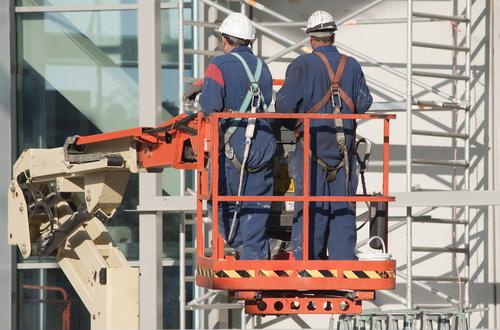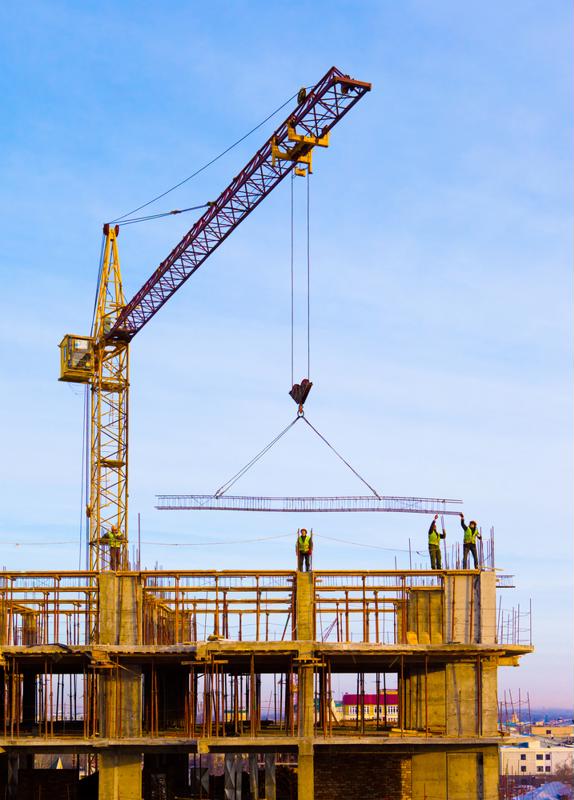
Fall protection is an enduring concern for everyone from individual employees to safety managers and business leaders. Fall protection often appears on the Occupational Safety and Health Administration’s list of top 10 most common violations and related training requirements, reaching No. 9 on the most recent list. How can your organization effectively address fall protection training to keep employees safe and productive while avoiding regulatory complications?
Understanding new rules
OSHA made a variety of rule changes related to fall protection that were finalized in 2017 and have already or will soon become enforceable. An effective fall protection training program has to take the latest regulatory developments into account.
The rule changes don’t all require more stringent monitoring or additional restrictions, either. An update to the walking-working surfaces rule means businesses can make more choices related to fall protection systems, finding the ones that offer the best fit for their employees. The one restriction, pointed out by For Construction Pros, is personal fall arrest systems can no longer incorporate body belts. The rule also emphasizes the need for training related to fall hazards and fall protection systems, a vital consideration for developing effective educational offerings for workers.
Other rule updates include:
- A requirement to conduct and document detailed workplace safety assessments.
- Making sure employees recognize how to evaluate the safety of carrying heavy loads across walking-working surfaces
- Additional safety components needed for roof work in the construction industry, when job duties require employees to be close to the edge.
- Guardrails and personal safety equipment are required for ladders more than 42 inches and 24 feet in height, respectively.
- The need to retrain employees whenever changes related to working at heights happen in the facility or if leaders feel additional training would improve safety outcomes.
 Fall protection training is vital in many different industries.
Fall protection training is vital in many different industries.An inclusive approach to training
Effective training ultimately means workers understand all the critical elements of fall protection. From how to properly apply personal and collective fall protective equipment to identifying potential hazards and inspecting work areas, there are many needs that must be addressed.
OSHA already requires that a competent person lead the educational efforts for staff. Depending on the specific circumstances of your facility, you may want to consider having veteran workers with strong safety records involved in certain aspects of training. Whether it’s teaching best practices for ensuring PFPE is correctly applied or pointing out potentially dangerous areas of the facility or worksite where employees have to carry out tasks at heights, these experienced employees can contribute both directly and indirectly.
Making sure veteran workers understand the risks
Some veteran staff hold fall protection in a high regard and are fastidious in terms of their approach to safety. Others may develop less-positive habits over time if they don’t experience any accidents and eventually come to believe their experience is more important than the best practices for safety, pointed out OHS Online.
Safety managers and business leaders need to recognize that training compliance is important for staff members old and new. Although experienced employees have more knowledge of existing conditions and established safety workflows, refreshers on those topics are always a positive in terms of overall workplace safety. Additionally, employees of all types are in the same boat when it comes to learning about new types of PFPE and CPE, changes to the workplace, regulatory developments from OSHA and other changes. Effective, compliant training has to include all workers.
Make sure your training efforts are supported by the best fall protection equipment possible. Get in touch with Total Safety today.








